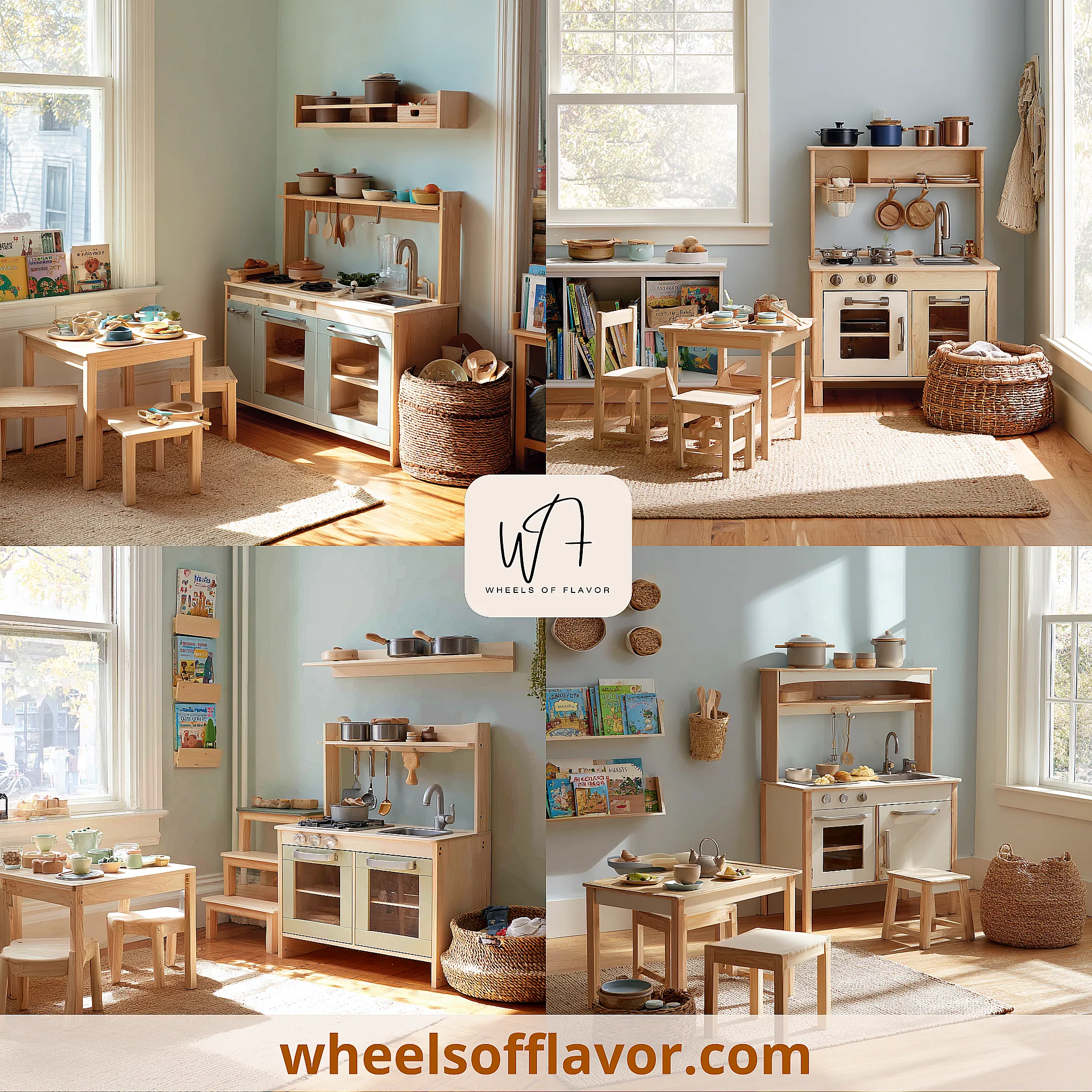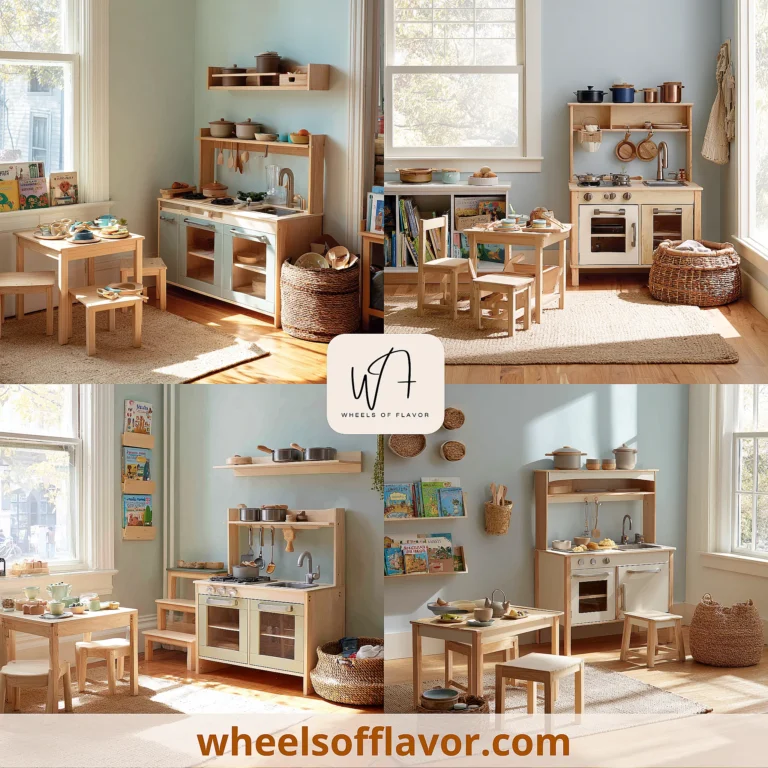
Creating a dramatic play center is a powerful way to foster creativity, social skills, and cognitive development in children. These spaces are more than just play areas; they serve as dynamic environments where kids can explore roles, scenarios, and emotions in a safe and engaging manner. Whether at home or in an educational setting, a well-designed dramatic play center encourages imaginative play, which is crucial for language development, problem-solving, and empathy. In this article, we delve into innovative and practical dramatic play center ideas that are easy to set up and adaptable to various themes. From simple DIY projects to more elaborate setups, we provide tips to make these centers both fun and educational. By investing time in designing these spaces, you’re not only enhancing playtime but also supporting overall child development. Let’s explore how you can transform any corner into a hub of creativity and learning with these inspiring ideas.
Dramatic Play Center Ideas for Themed Adventures
Themed dramatic play centers are a fantastic way to spark children's imaginations and tailor the experience to their interests. Popular themes include a grocery store, doctor's office, or space station, each offering unique learning opportunities. For a grocery store theme, set up shelves with empty food containers, a checkout counter with a toy register, and shopping baskets. This teaches kids about money, sorting, and social interactions. A doctor's office theme can include a toy stethoscope, bandages, and a patient bed, helping children understand health and empathy. To keep it budget-friendly, use household items like cardboard boxes for structures and old clothes for costumes. Rotate themes every few weeks to maintain engagement and introduce new vocabulary and concepts. These dramatic play center ideas not only make playtime exciting but also align with educational goals, making learning through play both effective and enjoyable.
DIY and Budget-Friendly Dramatic Play Center Ideas
You don't need to spend a fortune to create an engaging dramatic play center. With some creativity and common household materials, you can build amazing setups. Start by repurposing items like large cardboard boxes to make a playhouse or a vehicle. Use old blankets and pillows to create cozy reading nooks or forts. For props, gather items from around the house—think pots and pans for a kitchen theme or towels and buckets for a beach scene. Involve kids in the DIY process; it adds to the fun and teaches them resourcefulness. Labeling items with words can also incorporate literacy skills. To keep costs low, shop at thrift stores for costumes and accessories or organize a swap with other parents. These budget-friendly dramatic play center ideas ensure that every child has access to rich imaginative play without breaking the bank. For more inspiration on DIY projects, check out this guide from The Spruce, a trusted resource for home and family activities.
Incorporating Dramatic Play Center Ideas into Small Spaces
Even in limited areas, you can implement effective dramatic play center ideas by maximizing vertical space and using multi-functional furniture. Consider foldable or stackable elements that can be easily stored when not in use. For example, a wall-mounted puppet theater or a compact play kitchen that doubles as storage. Use bins and baskets to organize props, keeping the area tidy and accessible. Themes like a post office or a library can be designed with minimal footprint—a small table with envelopes, stamps, and books suffices. Encourage outdoor play if space allows, transforming a balcony or yard into a dramatic play zone. Mobile carts on wheels can serve as versatile centers that be moved around. The key is to focus on simplicity and adaptability, ensuring the play area remains engaging without clutter. These approaches make dramatic play accessible in apartments or small homes, proving that creativity trumps square footage.
Conclusion
In summary, dramatic play centers are invaluable tools for nurturing children's development through imaginative and role-playing activities. By exploring various themes, utilizing budget-friendly DIY methods, and adapting to small spaces, you can create environments that are both educational and thrilling. These setups not only enhance cognitive and social skills but also provide a foundation for lifelong learning and creativity. As you implement these ideas, remember to involve children in the process, allowing their interests to guide the themes and designs. Looking ahead, consider incorporating technology or seasonal elements to keep the play fresh and exciting. For more tips on home decor and playful spaces, visit our internal resource at https://wheelsofflavor.com/diy-projects. Start small, experiment, and watch as these dramatic play center ideas transform ordinary moments into extraordinary adventures for the young minds in your life.
Frequently Asked Questions
Q: What age group is best suited for dramatic play centers?
Dramatic play centers are ideal for children aged 2 to 8 years old. Toddlers benefit from simple setups that encourage exploration and mimicry, while older preschoolers and early elementary kids enjoy more complex themes that involve storytelling and problem-solving. Always tailor the center to the child's developmental stage to ensure it's engaging and safe.
Q: How often should I change the themes in a dramatic play center?
It's recommended to rotate themes every 2 to 4 weeks to maintain interest and introduce new learning opportunities. Pay attention to children's engagement; if they seem bored, it might be time for a change. Seasonal themes or those based on current interests (e.g., after a trip to the zoo) can make the transitions more exciting and relevant.
Q: Can dramatic play centers be used in classrooms as well as at home?
Absolutely! Dramatic play centers are highly effective in both home and educational settings. In classrooms, they support curriculum goals like language arts and social studies by allowing hands-on learning. At home, they provide a structured yet fun way to play. The key is to ensure the space is safe, accessible, and aligned with the children's ages and interests for maximum benefit.

